Honeybee losses have been attributed to multiple stressors and factors including the neonicotinoid insecticides (NIs). Much of the study of hive contamination has been focused upon temperate regions such as Europe, Canada and the United States. This study looks for the first time at honey, pollen and bees collected from across the Nile Delta in Egypt in both the spring and summer planting season of 2013. There is limited information upon the frequency of use of NIs in Egypt but the ratio of positive identification and concentrations of NIs are comparable to other regions. Metabolites of NIs were also monitored but given the low detection frequency, no link between matrices was possible in the study. Using a simple hazard assessment based upon published LD50 values for individual neonicotinoids upon the foraging and brood workers it was found that there was a potential risk to brood workers if the lowest reported LD50 was compared to the sum of the maximum NI concentrations. For non-lethal exposure there was significant risk at the worst case to brood bees but actualexposure effects are dependant upon the genetics and conditions of the Egyptian honeybee subspecies that remain to be determined.
https://link.springer.com/article/10.1007%2Fs10646-017-1876-2









